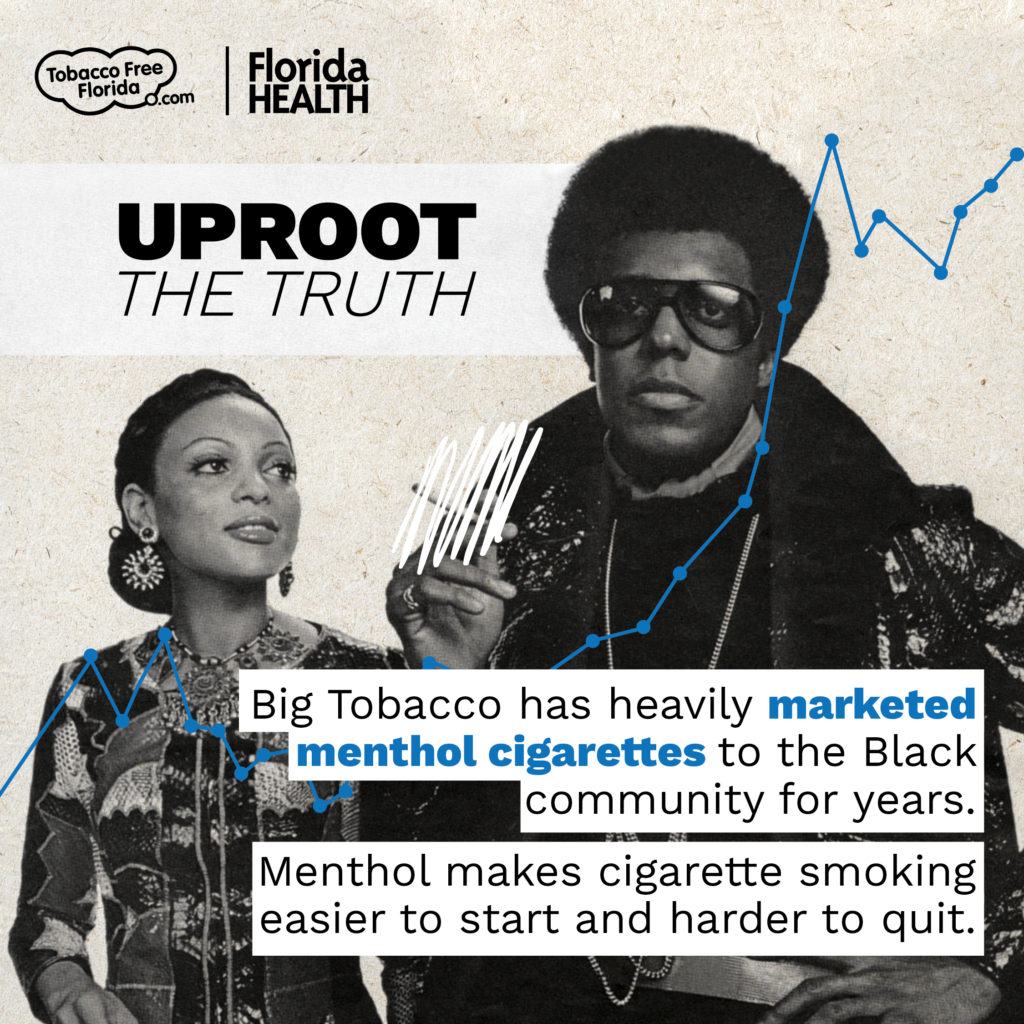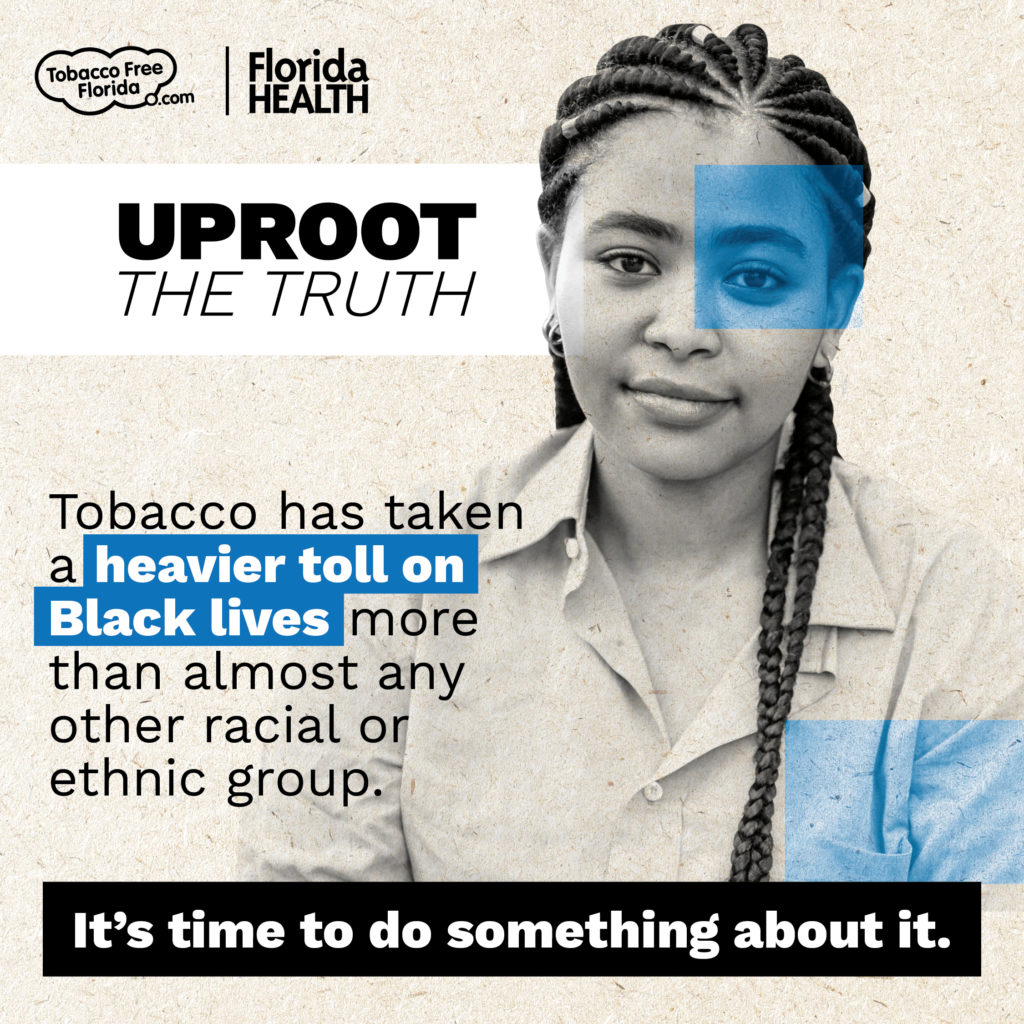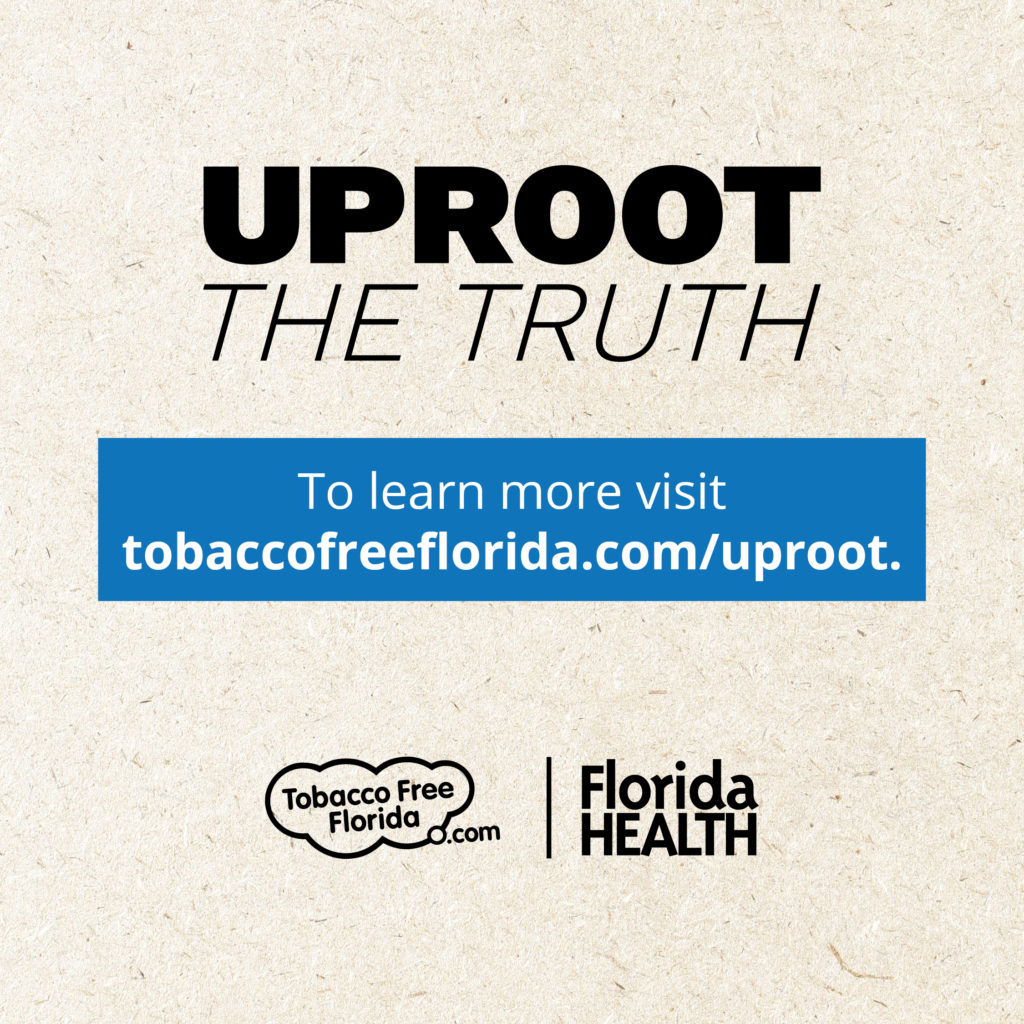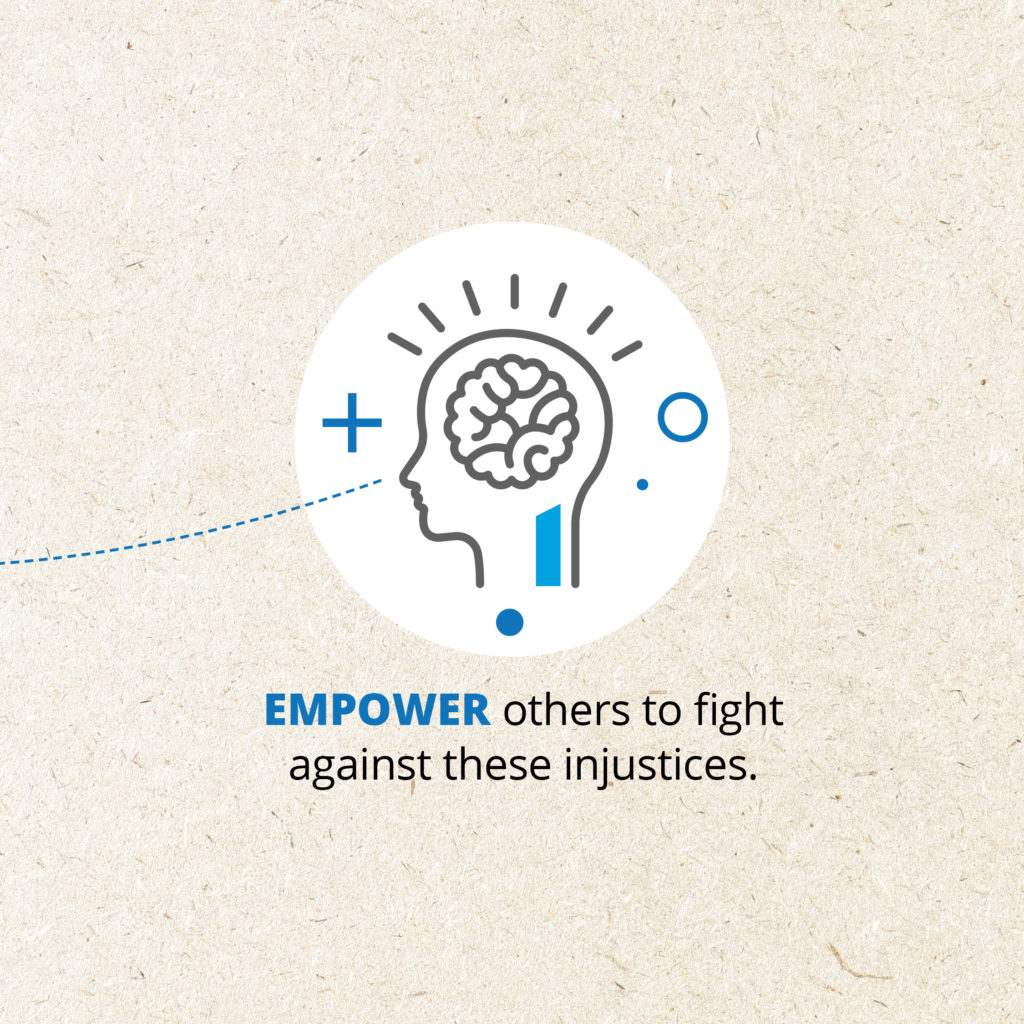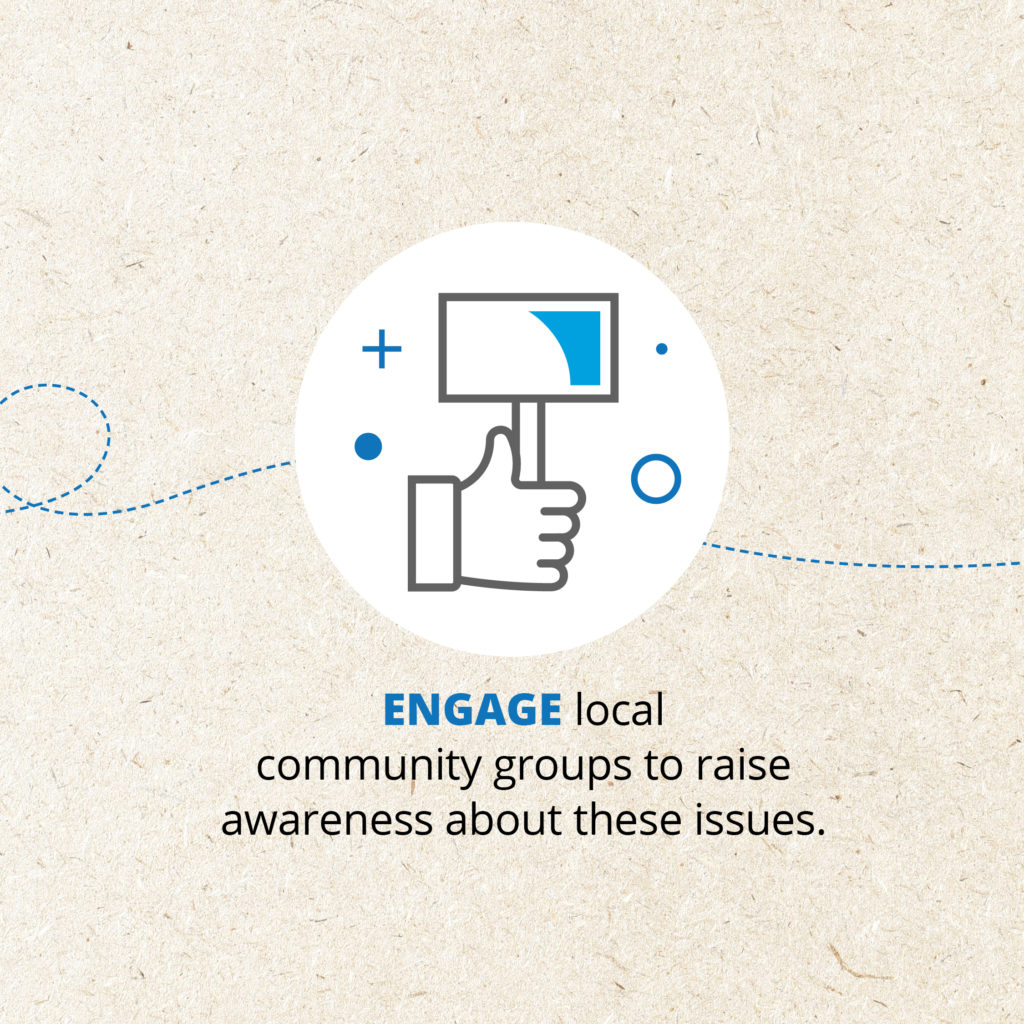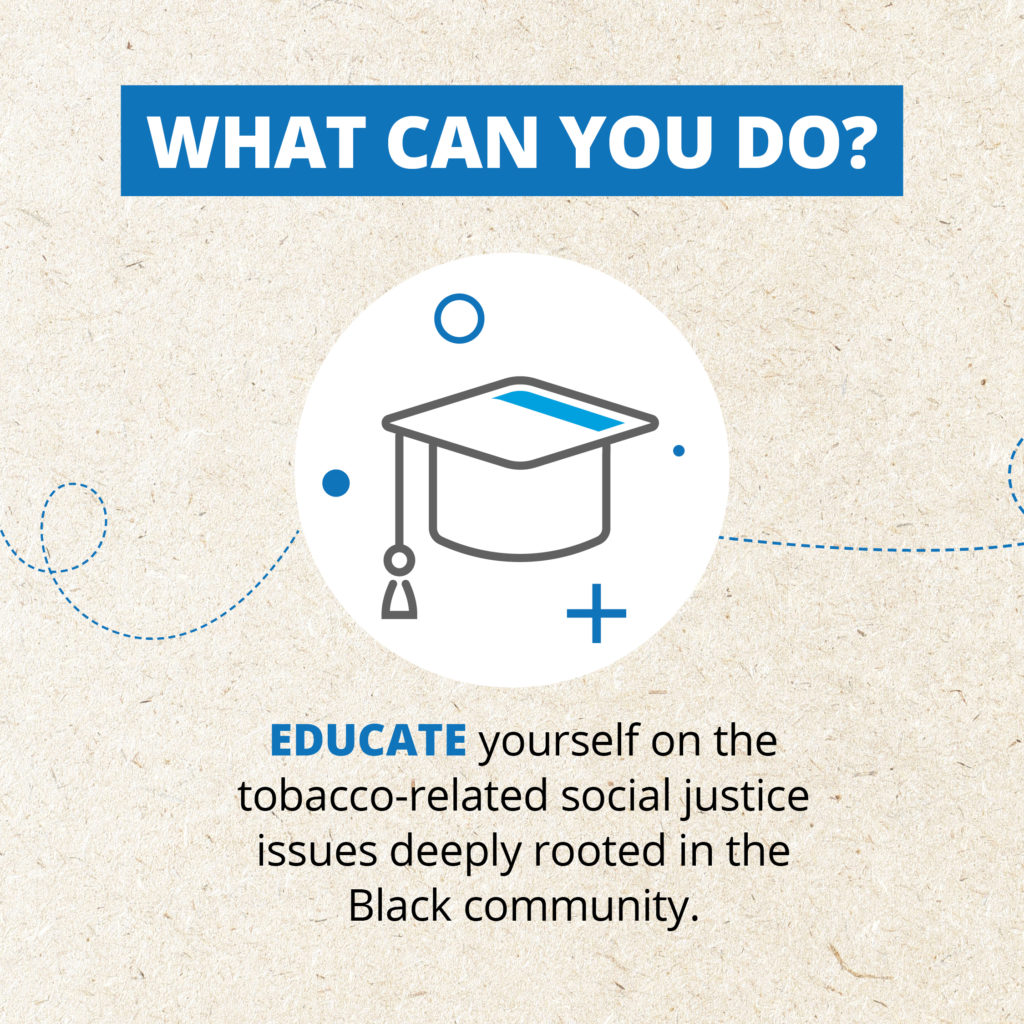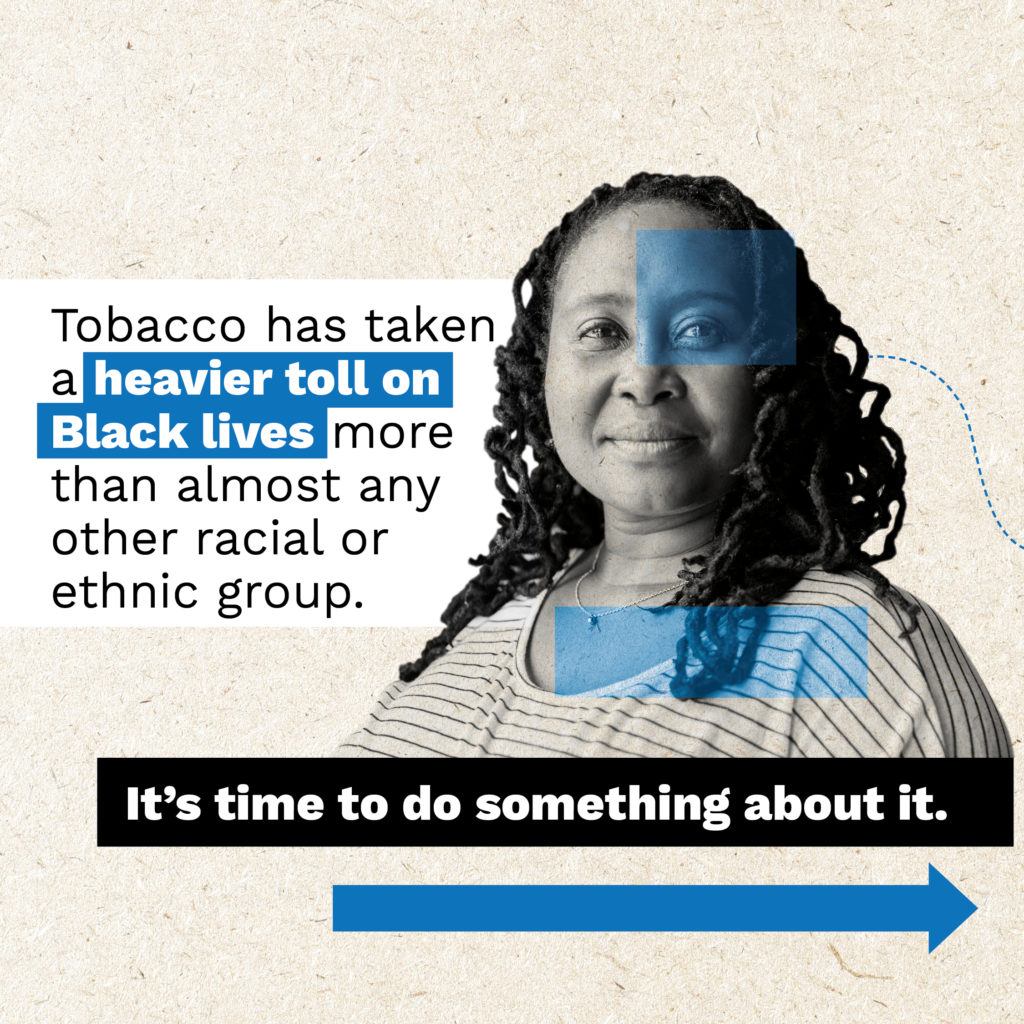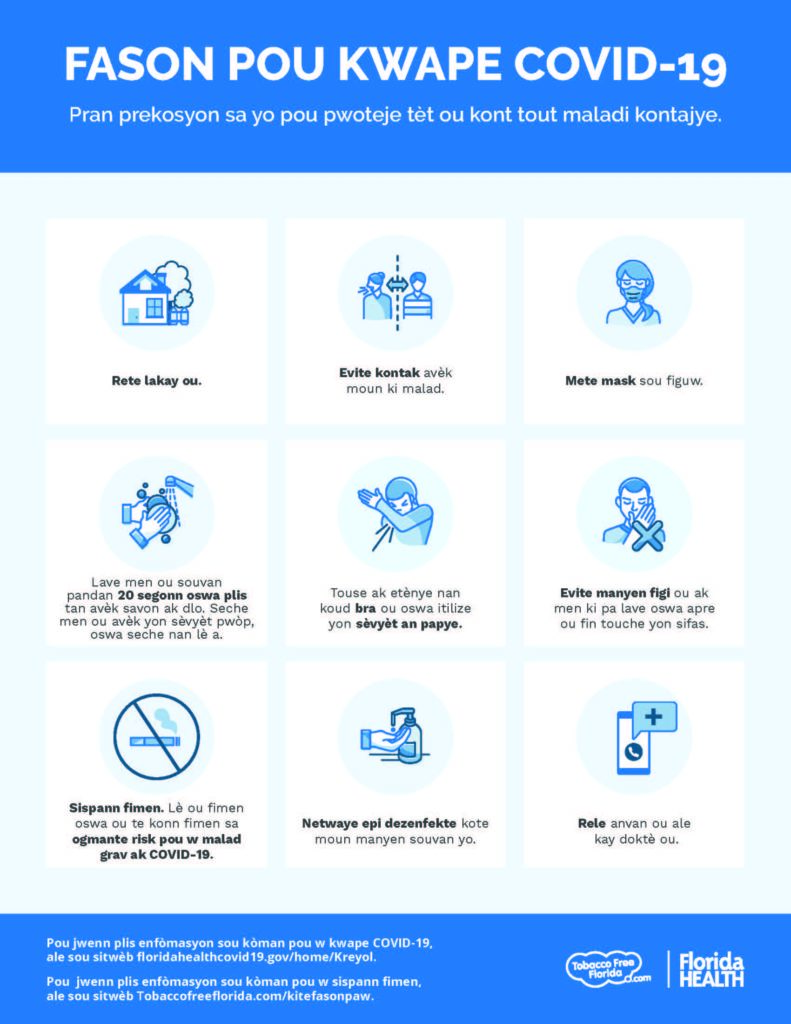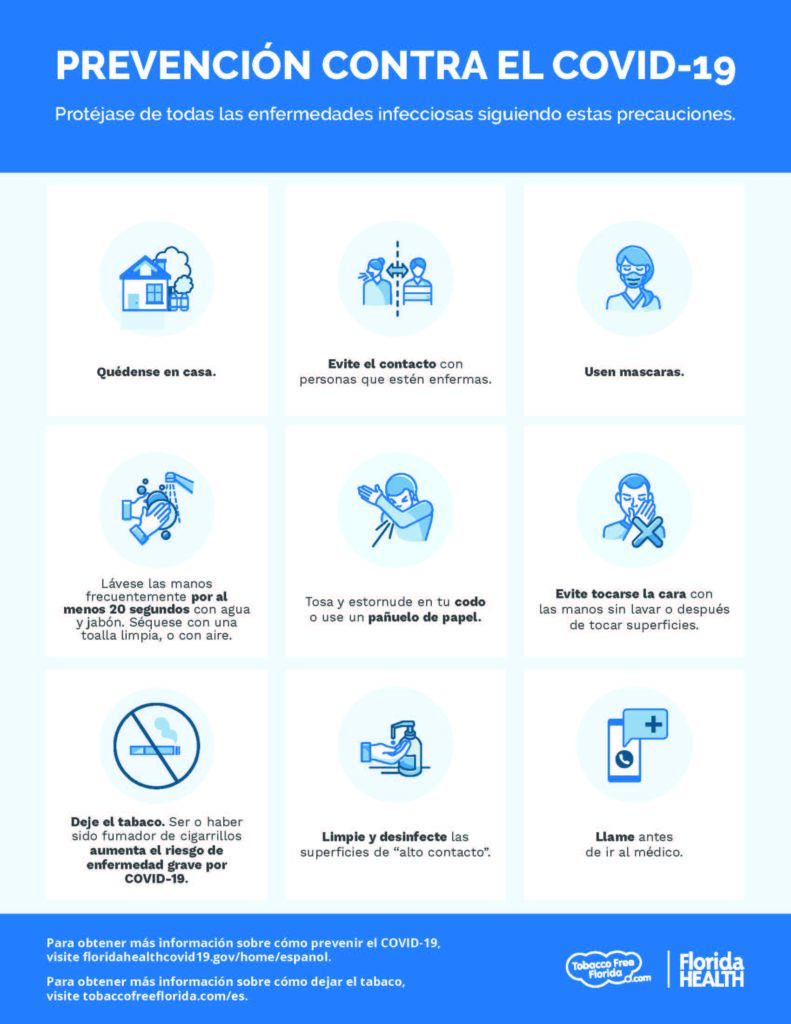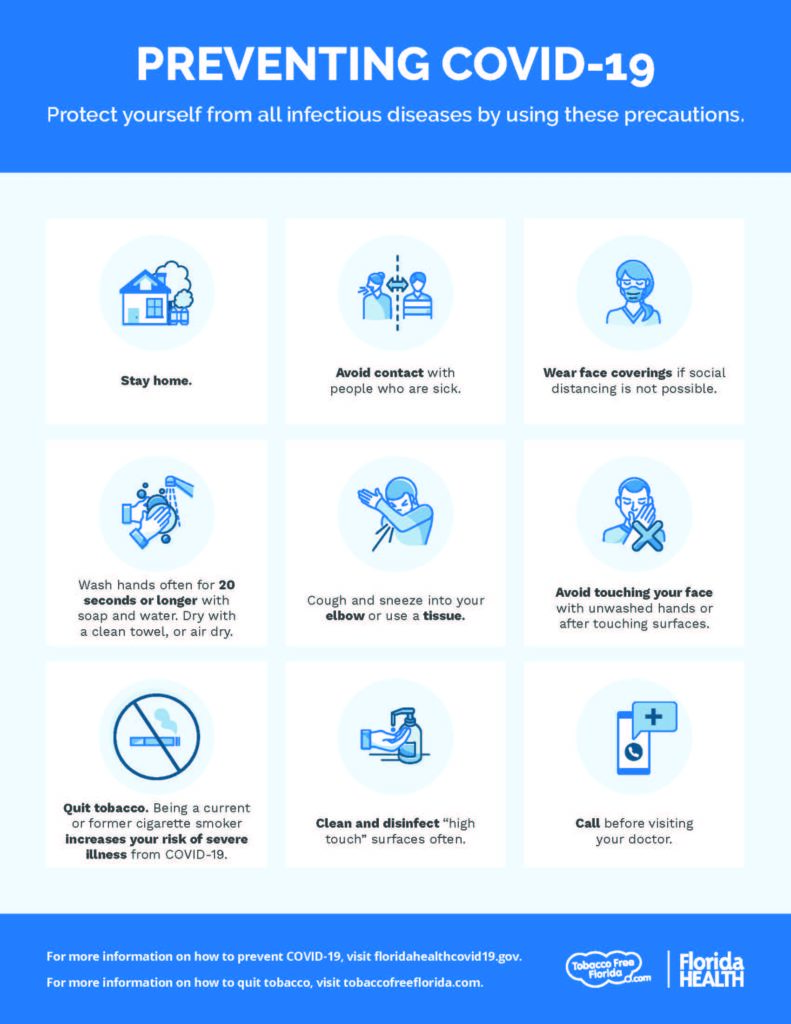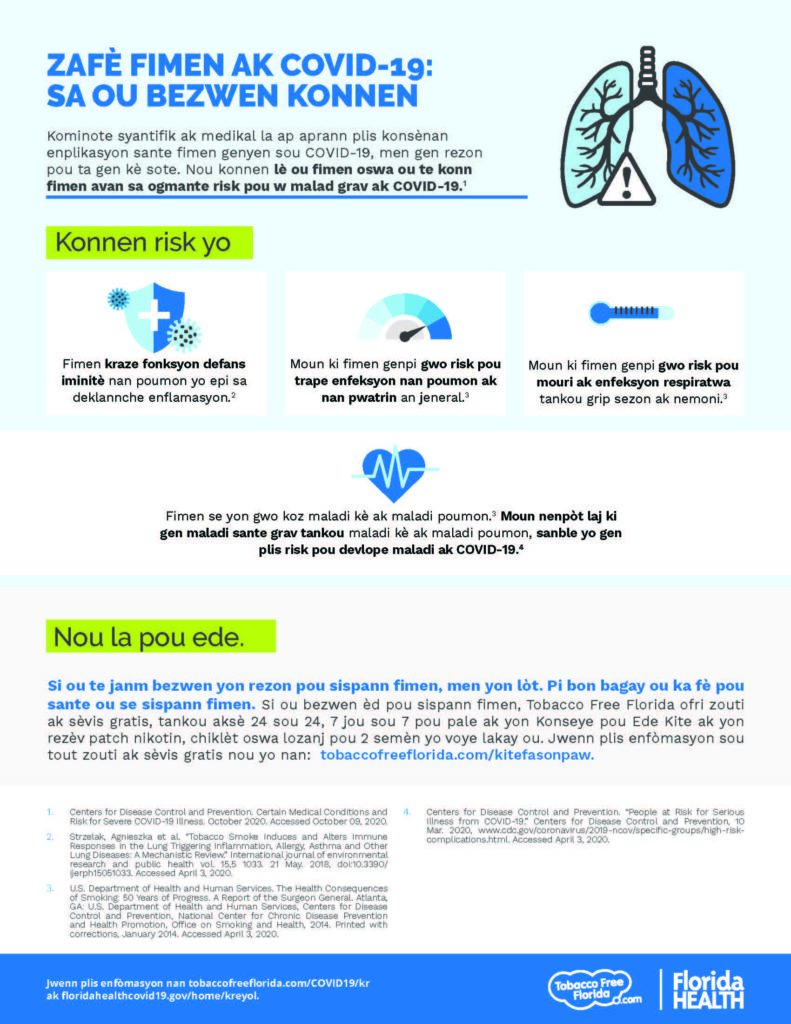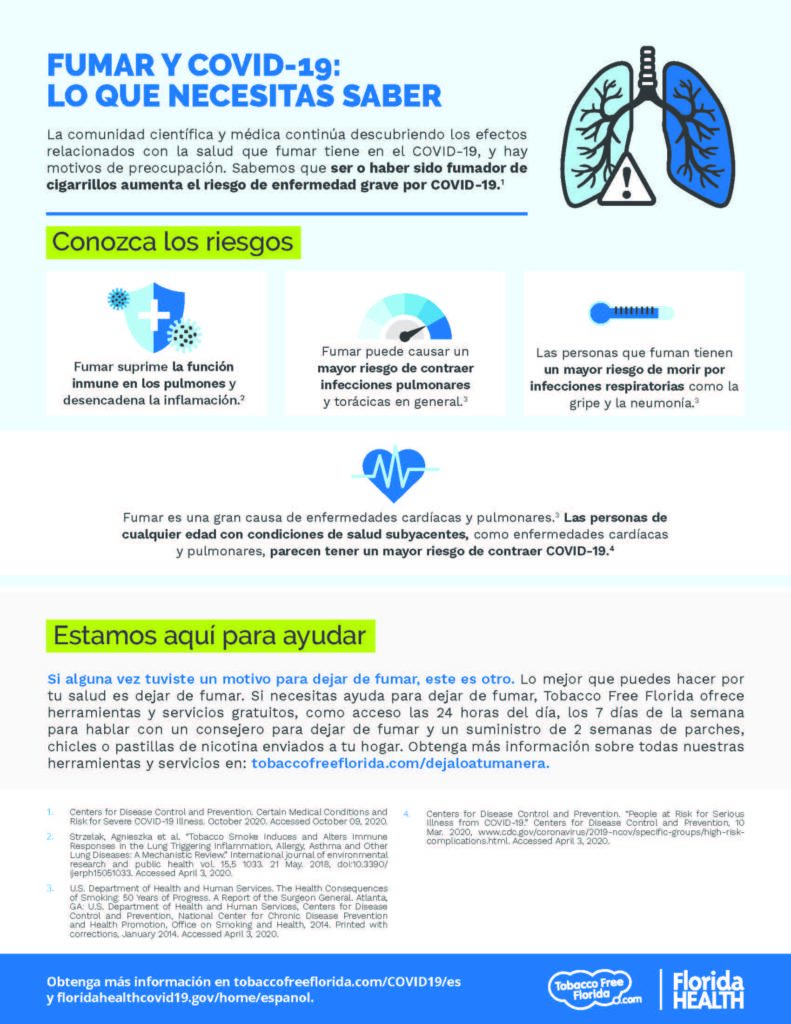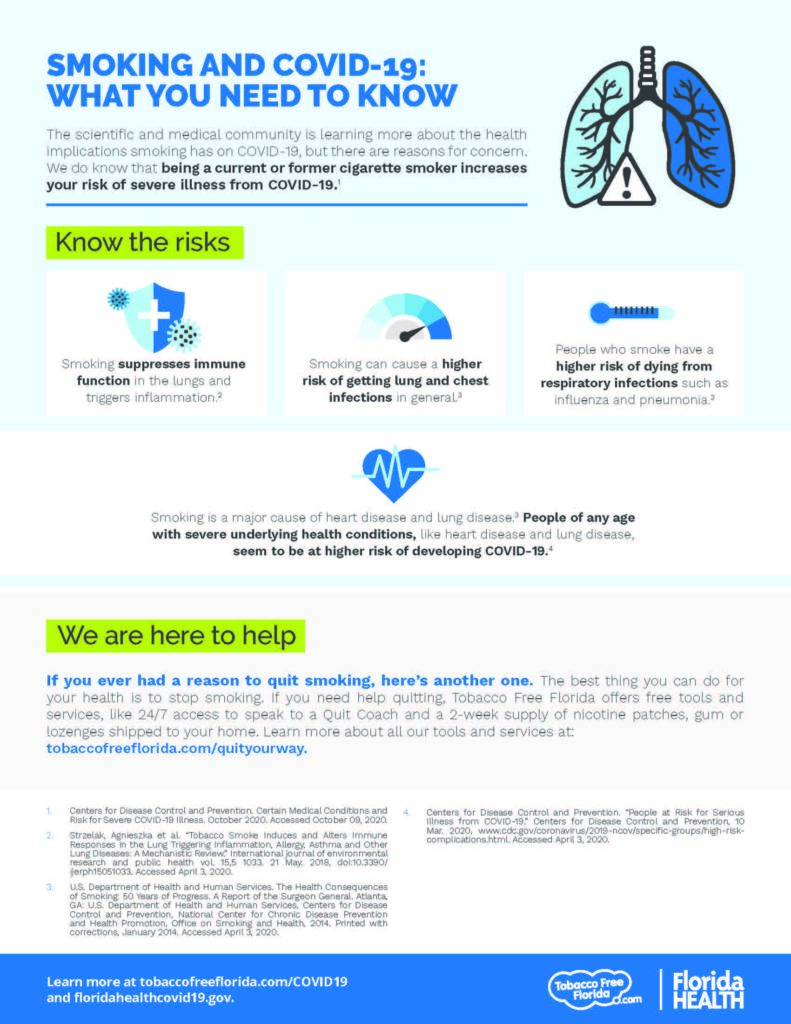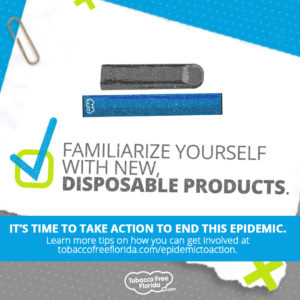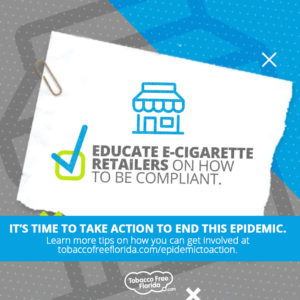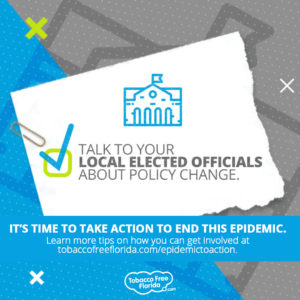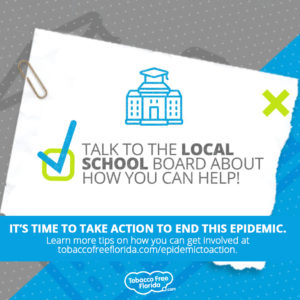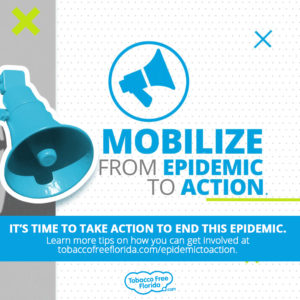Little Cigars & Cigarillos
Little cigars and cigarillos – including brand names like Swisher Sweets, Dutch Masters, Phillies, and Black & Milds – are made of tobacco wrapped in whole leaf tobacco. The difference, compared to cigarettes, is that cigarettes are made of tobacco wrapped in paper that does not contain tobacco. However, these products have a lot in common. Cigars contain the same toxic and cancer-causing chemicals and compounds found in cigarettes and are not a safe alternative to cigarettes.1 Though generally similar to cigarette smoke, cigar smoke contains higher levels of harmful chemicals, including tobacco-specific nitrosamines (TSNAs), carbon monoxide (CO), ammonia, and tar. 2 Here are the facts:
- Regular cigar smoking can increase your risk for cancers of the lung, esophagus, larynx (voice box), and oral cavity (lip, tongue, mouth, throat). 3, 4
- Cigar smoking is linked to gum disease and tooth loss. 5
- Heavy cigar smoking increases the risk for lung diseases, such as emphysema and chronic bronchitis.6, 7
- Heavy cigar smokers, and those who inhale deeply, may be at increased risk of developing coronary heart disease.8, 9
Cigarillos, which are more popular,10 are short (3–4 inches) and narrow cigars that usually do not include a filter. Little cigars are the same size and shape as cigarettes, often include a filter, and are packaged in a similar way. But they are taxed differently than cigarettes. Some tobacco companies increase the weight of little cigars to qualify as “large cigars” under the federal tax code. As a result, these tobacco companies avoid the cigarette flavor ban and are taxed at a lower rate. 11, 12
Youth and Little Cigars
As of September 2009, the Food and Drug Administration (FDA) banned flavored cigarettes with the exception of menthol. The FDA has indicated that it intends to extend the current ban on flavors to cigars (excluding menthol), but that has not happened yet. So little cigars and cigarillos often contain candy or fruit flavors like sour apple, cherry, grape, and chocolate that appeal to kids and young adults. 13, 14 Tobacco companies have a long history of developing and marketing flavored tobacco products as “starter” products that attract kids. 15 Not only are little cigars and cigarillos flavored, they are cheap. Small cigars can be purchased individually and come as cheap as three for 89 cents, which makes them very affordable for young people with limited budgets. 16
Cigars and cigarillos are currently not subject to other FDA regulations such as bans on deceptive terms like “light,” “mild,” and “low-tar.” 17 Little cigar and cigarillo companies are also exempt from certain advertising bans, so brands can market their products on websites and social media channels that reach a lot of youth, like YouTube, Instagram, and Twitter. 18
Editor’s Note:
It is important to note that cigarillos are also used for marijuana smoking. Tobacco Free Florida’s information and resources focus on cigar products that include tobacco and nicotine.
1 Campaign for Tobacco-Free Kids. The Rise of Cigars and Cigar-Smoking Harms[PDF–144 KB] Washington: Campaign for Tobacco-Free Kids.
2 Alguacil J, Silverman DT. Smokeless and other noncigarette tobacco use and pancreatic cancer: a case-control study based on direct interviews. Cancer Epidemiol Biomarkers Prev. 2004;13(1):55-58.
3 National Cancer Institute. Cigars: Health Effects and Trends. Smoking and Tobacco Control Monograph No. 9external icon. Smoking and Tobacco Control Monograph No. 9. Bethesda (MD): National Institutes of Health, National Cancer Institute, 1998 [accessed 2019 July 24].
4 American Cancer Society. Cigar Smoking. Atlanta: American Cancer Society [accessed 2019 July 23].
5 American Cancer Society. Cigar Smoking. Atlanta: American Cancer Society [accessed 2019 July 23].
6 National Cancer Institute. Cigars: Health Effects and Trends. Smoking and Tobacco Control Monograph No. 9external icon. Smoking and Tobacco Control Monograph No. 9. Bethesda (MD): National Institutes of Health, National Cancer Institute, 1998.
7 American Cancer Society. Cigar Smoking. Atlanta: American Cancer Society.
8 National Cancer Institute. Cigars: Health Effects and Trends. Smoking and Tobacco Control Monograph No. external icon. Smoking and Tobacco Control Monograph No. 9. Bethesda (MD): National Institutes of Health, National Cancer Institute, 1998.
9 American Cancer Society. Cigar Smoking. Atlanta: American Cancer Society.
10 The Maxwell Report: Cigar Industry in 2015. Richmond (VA): John C. Maxwell, Jr., 2015 [cited 2019 July 23].
11 Gardiner PS. The African Americanization of Menthol Cigarette Use in the United States. Nicotine and Tobacco Research 2004; 6:Suppl 1:S55-65 [cited 2019 Jul 11].
12 “The Flavor Trap: How Tobacco Companies Are Luring Kids with Candy-Flavored E-Cigarettes and Cigars,”. Campaign for Tobacco-Free Kids. Retrieved July 23, 2019.
13 Villanti AC, Richardson A, Vallone DM, et al. Flavored tobacco product use among U.S. young adults. American Journal of Preventive Medicine. 2013; 44(4):388–391.
14 U.S. Department of Health and Human Services (USDHHS). A Report of the Surgeon General: Preventing Tobacco Use among Youth and Young Adults. We Can Make the Next Generation Tobacco-Free (Consumer Booklet). Atlanta, GA: U.S. Department of Health and Human Services, Centers for Disease Control and Prevention, National Center for Chronic Disease Prevention and Health Promotion, Office on Smoking and Health; 2012.
15 “The Flavor Trap: How Tobacco Companies Are Luring Kids with Candy-Flavored E-Cigarettes and Cigars,”. Campaign for Tobacco-Free Kids. Retrieved July 23, 2019.
16 Sweet, Cheap and Colorful – No Wonder Kids Are Smoking Cigars. (2018, January 08). Retrieved from https://www.tobaccofreekids.org/blog/2014_06_13_cigars
17 Campaign for Tobacco-Free Kids. (2013, March 13). Not your grandfather’s cigar: A new generation of cheap & sweet cigars threatens a new generation of kids.
18 Campaign for Tobacco-Free Kids. (2013, March 13). Not your grandfather’s cigar: A new generation of cheap & sweet cigars threatens a new generation of kids.



